Spinal injuries may go unnoticed especially if the examinations were conducted by inexperienced people. Since the spinal injuries may be observed together with spinal cord injuries, the early and correct diagnosis, as well as the proper treatment practices become even more important. Approximately 6% of the trauma patients develop a form of spinal injury. At least half of those patients are diagnosed with spinal cord or nerve root injuries as well. The most-common causes of the spinal cord injuries are traffic accidents. Between 50% and 64% of all cases, the traumatic spinal lesions develop around the cervical area. Most of the injuries around this area are, generally, spinal cord injuries.

What are the Traumatic Spinal Lesions?
Traumatic spinal lesions may develop in various degrees of severity, from a mild soft tissue trauma, to a spinal cord injury or even a fracture. Fractured or dislocated spinal cords may cause a medulla injury or even lead to paralysis. The method of treatment may vary depending on the severity of each case. Of all cases, between 5 and 10% of the spinal cord fractures occur on the neck vertebra, 70% occurs on the back and waist vertebra, while the remaining cases occur in lower areas. However, the most common area of injury is the point where waist and back vertebra meets.
Taking advantage of the early injury findings varies depending on the location and severity. Back, waist, neck and muscle spasms are among the major symptoms for diagnosis. If the case involves a spine cord injury, the patient may experience numbness, loss of sensation in the arms and legs, losing control of bowel movements and weakness. In the late stages of the condition, the most common complaints are kyphosis (hunchback) and the accompanying severe pain in cases where the patient does not receive the proper treatment, if there are no damaged neurons. As for the patients with damaged neurons, stroke and the accompanying problems are the most common complaints.
How Can It Be Treated?
The method of treatment applied to patients that don’t have any spine cord injury, aims to control the pain and protect the entirety of the spine. Another aim of the treatment is to ensure that the damage on the injured spine does not advance over the course of time. In the patients with spine cord injury, the treatment focuses on correcting the bone pressure and spine cord compression. To apply this treatment in the early stage is very important for patients suffering from partial stroke. Because the chances of full recovery are smaller for such patients.




